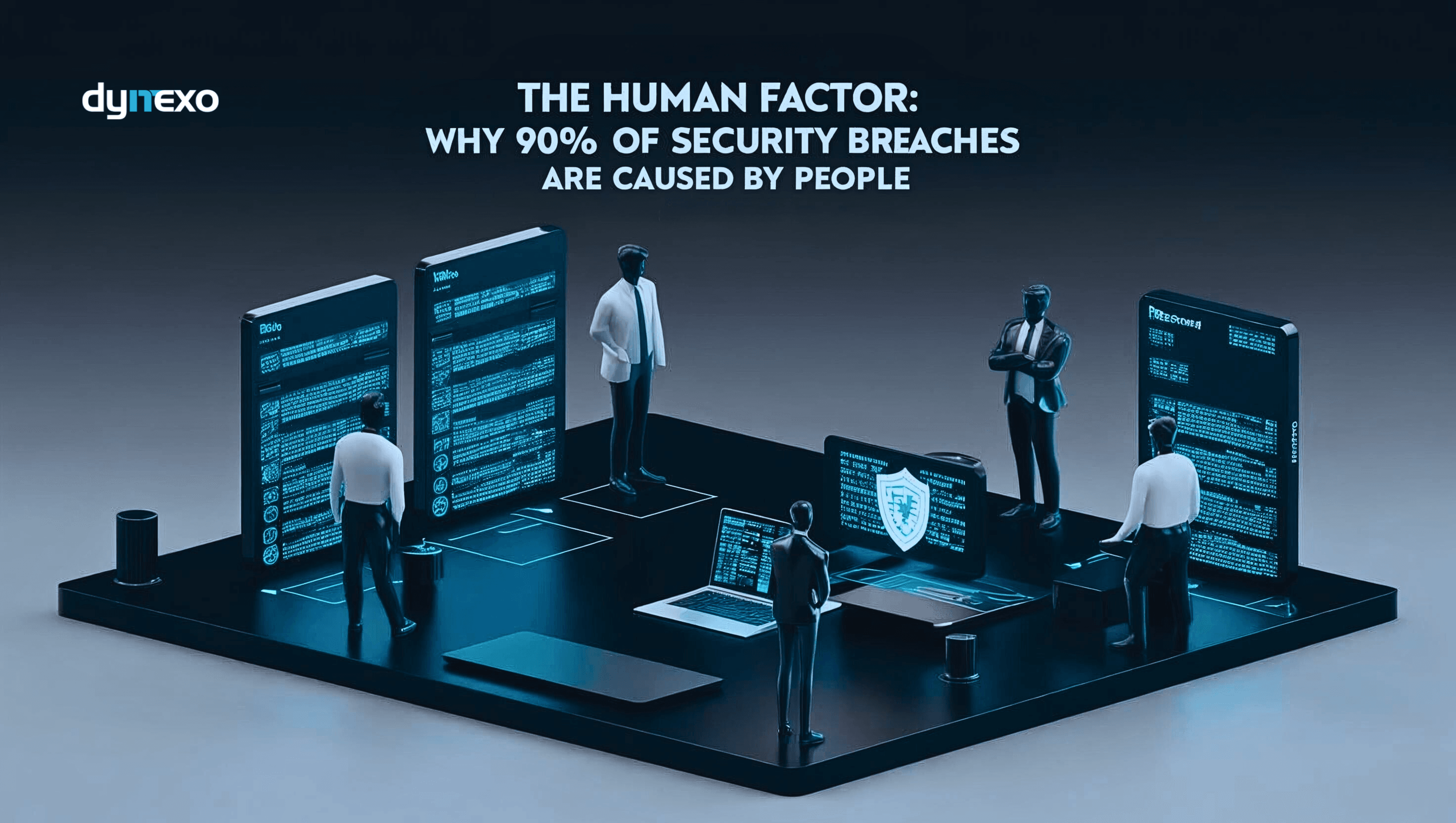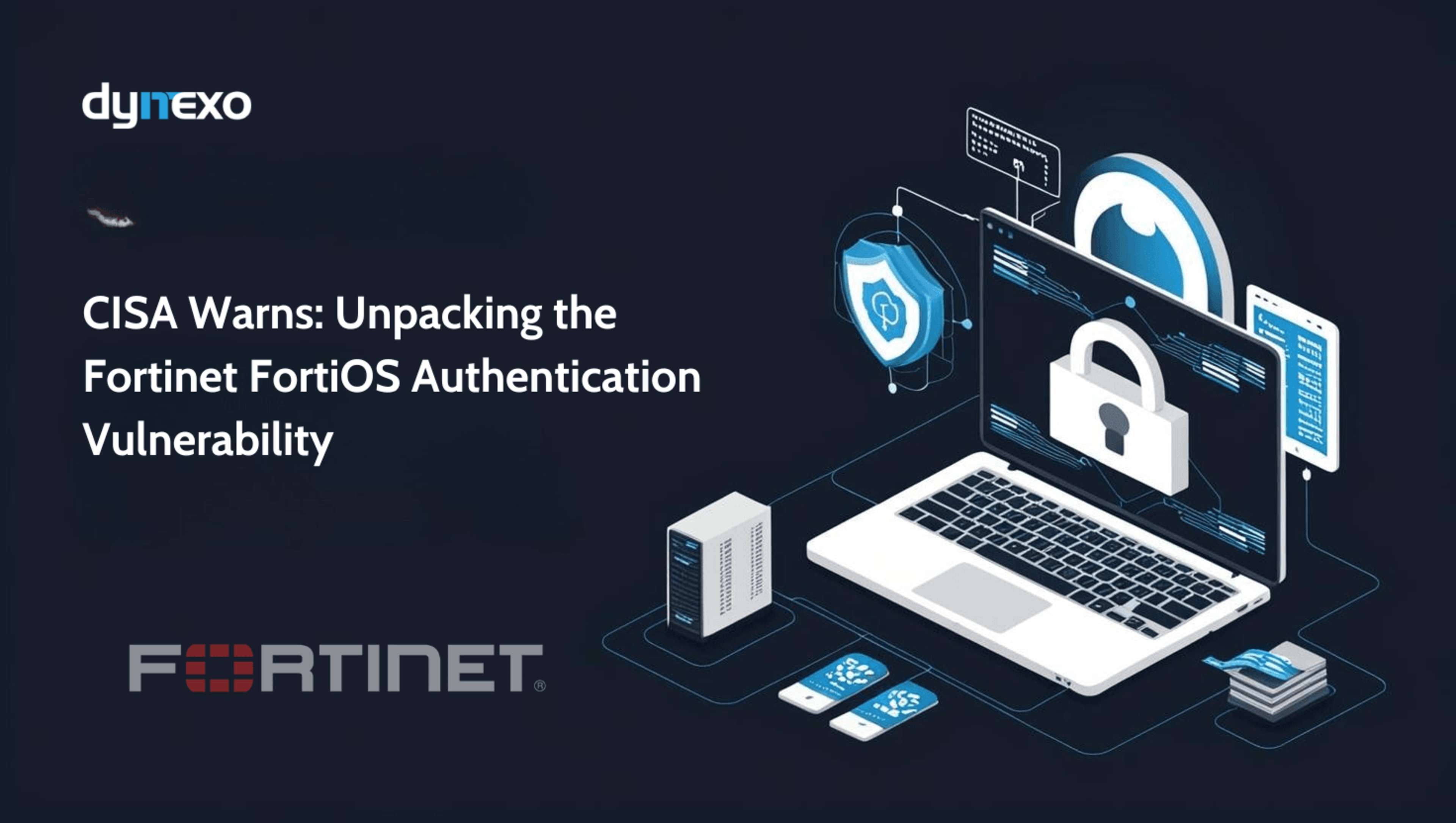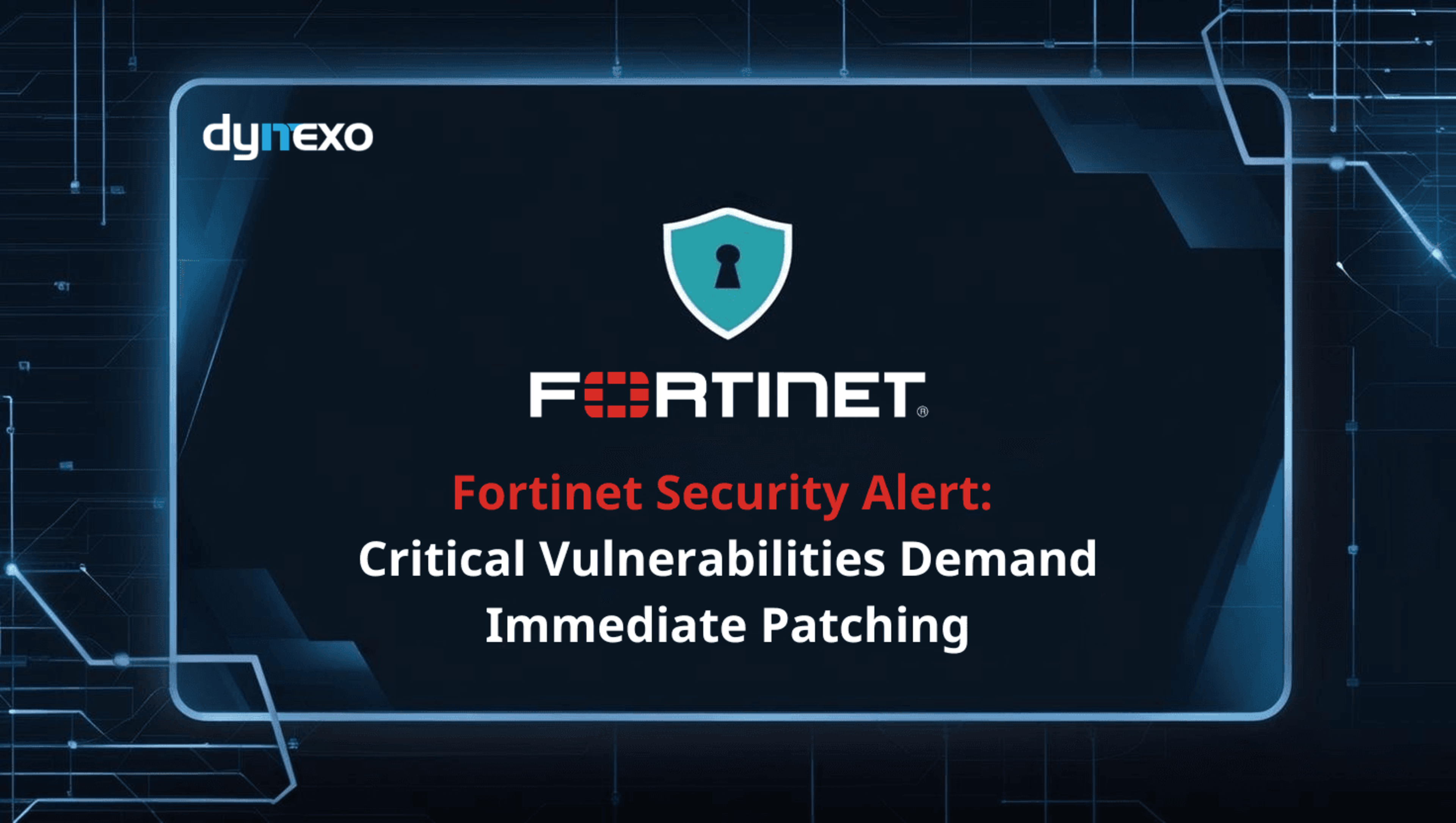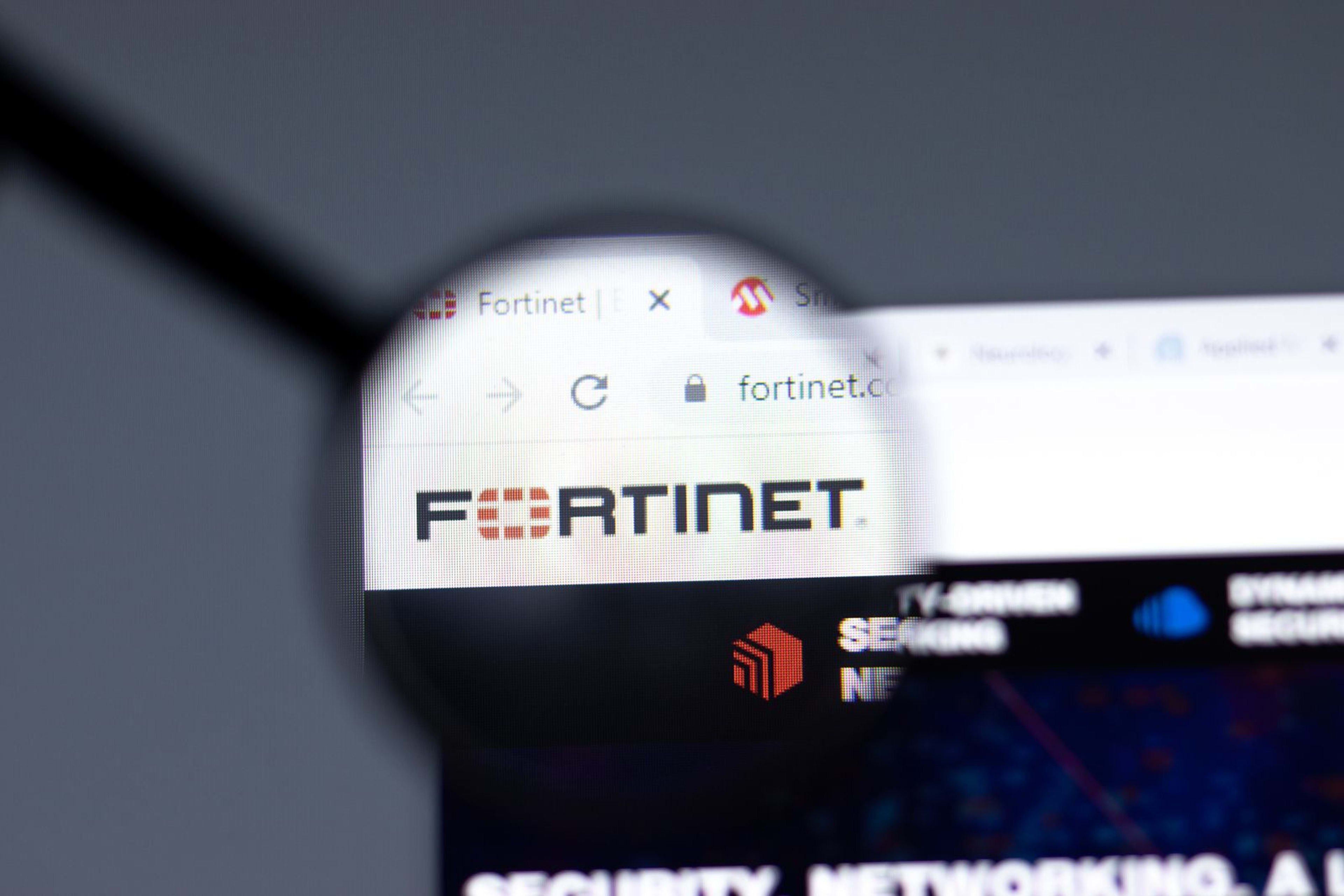Learning from Cisco's Latest Security Patches to Stay Ahead of Changing DDoS Threats
Judia Nguyen / 01.04.2024
Introduction
In the ever-evolving landscape of cybersecurity threats, Distributed Denial of Service (DDoS) attacks remain a persistent challenge for organizations worldwide. Recently, Cisco took proactive measures to address vulnerabilities in its networking products that could have been exploited by DDoS attackers. This incident serves as a stark reminder of the importance of staying ahead of evolving threats and adopting proactive defense strategies in today's digital age.
Understanding the Threat
DDoS attacks are a well-established method used by cybercriminals to disrupt online services by overwhelming target systems with a flood of malicious traffic. What makes DDoS attacks particularly concerning is their ability to evolve and adapt to changing circumstances. Attackers are constantly innovating, leveraging new techniques and vulnerabilities to achieve their malicious objectives.
The Cisco Incident
Cisco, a leading provider of networking equipment and solutions, recently released security patches to address DoS vulnerabilities in its NX-OS, FXOS, IOS, and IOS XE software. These vulnerabilities could have allowed attackers to remotely crash targeted devices or flood them with malicious traffic, effectively rendering them inaccessible. Cisco's prompt response highlights the importance of proactive vulnerability management and patching in mitigating DDoS threats.
Evolving DDoS Tactics
DDoS attackers are not static; they continuously refine their tactics to bypass existing defenses and maximize the impact of their attacks. Key trends in DDoS tactics include increased automation through DDoS-as-a-Service (DaaS), exploitation of new weaknesses in widely used software and protocols, and a shift towards targeting specific servers within networks. These developments underscore the need for organizations to adapt their defense strategies accordingly.
Proactive Defense Measures
While patching known vulnerabilities is crucial, it is just one piece of the puzzle in defending against DDoS attacks. To stay ahead of the curve, organizations must adopt a proactive defense approach:
Defense in Depth
Implement a layered security strategy that includes firewalls, intrusion detection systems (IDS), and dedicated DDoS mitigation services. This multi-layered approach helps mitigate the impact of DDoS attacks at various levels of the network infrastructure.
Regular Patching
Ensure timely application of security updates from vendors like Cisco to close vulnerability windows and minimize the risk of exploitation by attackers. Proactive patch management is essential for maintaining the security and integrity of network systems.
Staying Informed
Stay abreast of the latest DDoS trends and vulnerabilities by following security blogs, attending industry conferences, and monitoring vendor advisories. Awareness of emerging threats enables organizations to anticipate and mitigate potential risks before they escalate into full-blown attacks.
Conclusion
The recent security patches released by Cisco serve as a timely reminder of the ever-present threat posed by DDoS attacks in today's interconnected world. By understanding the evolving tactics of DDoS attackers and adopting proactive defense measures, organizations can significantly reduce their susceptibility to DDoS threats. While patching known vulnerabilities is essential, it must be complemented by a holistic approach to cybersecurity that encompasses threat intelligence, risk assessment, and continuous monitoring. Ultimately, staying ahead of evolving DDoS threats requires a concerted effort from both cybersecurity professionals and organizations at large.

































































